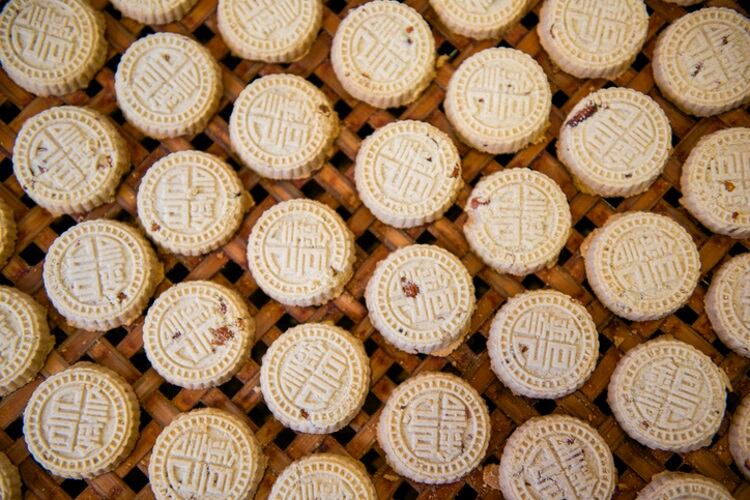China’s bakery market is booming, growing at the world’s fastest CAGR – 11.93% between 2011 and 2016 – much higher than the 2.17% CAGR for the US bakery market.
A fast-growing sector is the biscuit, crackers and cookie segment, which Mintel estimates grew at a CAGR of 4.6% between 2013 and 2018.
The market researcher forecasts the total retail biscuit market by volume will reach over 3.33 million tons in 2023 to reach a value of ¥81.6bn ($11.8bn).
In its February 2018 Biscuit, Crackers and Cookie Executive Summary Report, Mintel said biscuits are perceived to have the ability to satisfy both emotional cravings and physical hunger, and are suitable for consumers of all age ranges.
However, what is particularly attracting Chinese consumers are the constant formulation innovations that are essential for a producer to keep ahead of the pack of the highly competitive market.
Premiumization is highly prized in the region, with consumers willing to pay more for biscuits that are freshly baked biscuits or have a short shelf life.
The growth of the savory biscuit segment is expected to be slower than the sweet segment (2.7% CAGR versus 4.2% CAGR in the next five years), however, savory biscuits enjoy a healthier image with innovation opportunities for food paring.
Consumer preference
According to Mintel research, consumers claim they are ‘eating more’ sandwich biscuits today than they did six months ago, but ‘eating less’ rusks. This says the researcher, has opened avenues for brands to think of new ways and occasions for these products as well as flavor experimentation.
A typical trend in China is the blurring of the lines between sweet and savory or spicy.
Mintel’s research – which surveyed almost 3,000 internet users between the ages of 20-49 – found that 52% of the respondents consume biscuits as part of their breakfast, with 21% saying they would even replace the morning meal with a biscuit.
‘As hot breakfast is traditional for Chinese, brands could introduce microwavable biscuits to adapt to the local breakfast culture,’ wrote the report authors.
Savory biscuits are perceived to be healthier than sweet biscuits, and 28% of consumers will eat them in place of a meal.
When it comes to texture, crispy (59%) pips the post over smooth (47%). Biscuits eaters associate ‘crispy’ combined with a light bite with indulgence. Conversely, smooth textured biscuits are connected with comfort, particularly favored by high-personal-income biscuits eaters (49%).
Chinese consumers are increasingly demanding are biscuits made with natural ingredients (56%) or have added health benefits (44%), like a digestion aid.
According to Mintel, indicating a biscuit’s ‘health’ factors is a key driver for premiumization.
Preferred factors vary with consumers’ age, but those in their 40s have indicated they would be more willing to pay more for biscuits with high dietary fiber.
From Mintel’s TURF analysis, 77% of respondents indicated interest in trying biscuits with yogurt (health, source of protein) and red bean (a type of coast grain widely used in Chinese traditional desserts). Parents prefer fruit and veggies added to their biscuits.
55% of biscuits eaters between the ages of 20-24 value handmade biscuits or those that are freshly baked.


